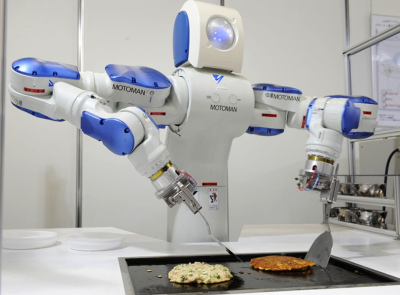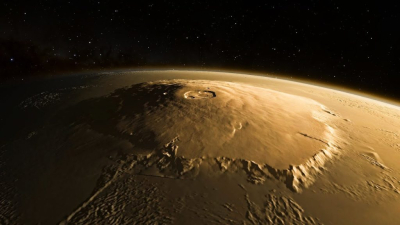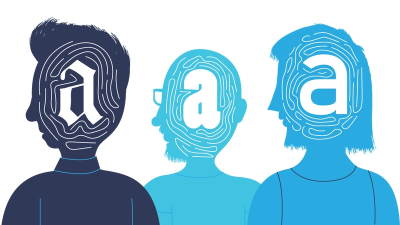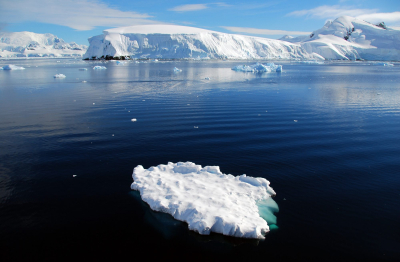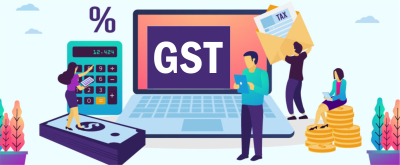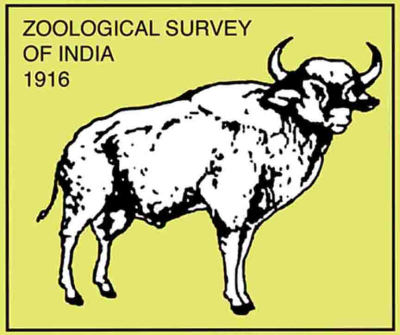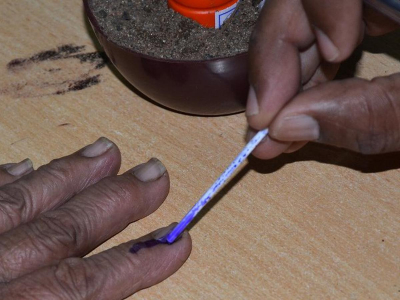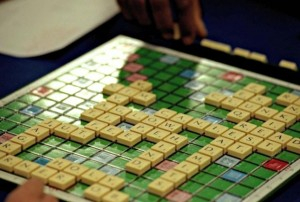
When it comes to classic board games, few have stood the test of time quite like Scrabble. This beloved game has entertained players of all ages and skill levels. It is speculated that the concept of the game was inspired by a short story titled ‘The Gold Bug’ by one of the greatest American writers Edgar Allan Poe.
Welcome to the world of Scrabble, where words reign supreme and strategy is key. For over seven decades, this classic board game has been captivating players with its unique blend of skill and chance. But did you know that Scrabble's origins can be traced back to a short story by the American writer Edgar Allan Poe?
The Great Depression
During the Great Depression of the early 1930s, millions of Americans were struggling to make ends meet and find any kind of relief from the economic downturn. It was during this challenging time that Alfred Mosher Butts, an unemployed architect from New York, began to conceive the idea for a game that could provide a much-needed distraction from the harsh realities of everyday life. Drawing on his own love of puzzles and wordplay, Butts set out to create a game that combined chance, strategy, and language skills, hoping to provide people with a fun and engaging way to pass the time. And thus, the idea for what would become Scrabble was born.
When inspiration strikes
Butts' childhood fascination with Poe's short story ‘The Gold Bug proved’ to be a key source of inspiration as he began to develop his own word game.
The idea of decoding symbols to uncover a hidden treasure map (which was the basis of the story) resonated with Butts, and he began to experiment with ways to incorporate similar elements into his own game. One idea that particularly intrigued him was the notion of ranking letters by their frequency of use in the English language, as Poe had attempted to do in his story. Butts set out to put together his own ranking system by meticulously counting letters in various publications, including the ‘New York Times’ and ‘The Saturday Evening Post’. After crunching the numbers and devising a complicated grid, Butts determined that the letters e, t, a, o, i, n, s, h, r, d, l, and u were the most commonly used letters, accounting for a staggering 80% of all letters typically used. Using this data as a foundation, Butts went on to create his own word game, one that would go on to captivate players around the world and become a true cultural phenomenon.
The issues that followed
Butts' road to success was far from smooth, as he spent over a decade tinkering with the rules of his game and trying, unsuccessfully, to secure a corporate sponsor. Despite facing rejection from the Patent Office not once, but twice, Butts persisted in his quest to bring his creation to the masses. He experimented with various names, including the uninspiring "it" and the lacklustre "Lexiko", before settling on "Criss-Cross Words". However, it wasn't until Butts teamed up with James Brunot, a retired American federal officer and social worker, that Scrabble we are familiar with today started to take shape.
Brunot brought his own expertise to the table, redesigning the game, creating the iconic colour scheme, and most importantly, conceiving the name that would become synonymous with wordplay: Scrabble. The game was copyrighted in 1948. Since Brunot breathed new life into Butts' creation, Scrabble has become a global phenomenon. The game is sold in over 120 countries and has been translated into more than 20 languages, with special editions available for those who are visually impaired or prefer magnetic tiles. Such is the game's enduring popularity that April 13 is celebrated annually as National Scrabble Day, in honour of Butts birthday and his legacy as the inventor of one of the most beloved and enduring board games of all time.
When it comes to classic board games, few have stood the test of time quite like Scrabble. This beloved game has entertained players of all ages and skill levels. It is speculated that the concept of the game was inspired by a short story titled ‘The Gold Bug’ by one of the greatest American writers Edgar Allan Poe.
Welcome to the world of Scrabble, where words reign supreme and strategy is key. For over seven decades, this classic board game has been captivating players with its unique blend of skill and chance. But did you know that Scrabble's origins can be traced back to a short story by the American writer Edgar Allan Poe?
The Great Depression
During the Great Depression of the early 1930s, millions of Americans were struggling to make ends meet and find any kind of relief from the economic downturn. It was during this challenging time that Alfred Mosher Butts, an unemployed architect from New York, began to conceive the idea for a game that could provide a much-needed distraction from the harsh realities of everyday life. Drawing on his own love of puzzles and wordplay, Butts set out to create a game that combined chance, strategy, and language skills, hoping to provide people with a fun and engaging way to pass the time. And thus, the idea for what would become Scrabble was born.
When inspiration strikes
Butts' childhood fascination with Poe's short story ‘The Gold Bug proved’ to be a key source of inspiration as he began to develop his own word game.
The idea of decoding symbols to uncover a hidden treasure map (which was the basis of the story) resonated with Butts, and he began to experiment with ways to incorporate similar elements into his own game. One idea that particularly intrigued him was the notion of ranking letters by their frequency of use in the English language, as Poe had attempted to do in his story. Butts set out to put together his own ranking system by meticulously counting letters in various publications, including the ‘New York Times’ and ‘The Saturday Evening Post’. After crunching the numbers and devising a complicated grid, Butts determined that the letters e, t, a, o, i, n, s, h, r, d, l, and u were the most commonly used letters, accounting for a staggering 80% of all letters typically used. Using this data as a foundation, Butts went on to create his own word game, one that would go on to captivate players around the world and become a true cultural phenomenon.
The issues that followed
Butts' road to success was far from smooth, as he spent over a decade tinkering with the rules of his game and trying, unsuccessfully, to secure a corporate sponsor. Despite facing rejection from the Patent Office not once, but twice, Butts persisted in his quest to bring his creation to the masses. He experimented with various names, including the uninspiring "it" and the lacklustre "Lexiko", before settling on "Criss-Cross Words". However, it wasn't until Butts teamed up with James Brunot, a retired American federal officer and social worker, that Scrabble we are familiar with today started to take shape.
Brunot brought his own expertise to the table, redesigning the game, creating the iconic colour scheme, and most importantly, conceiving the name that would become synonymous with wordplay: Scrabble. The game was copyrighted in 1948. Since Brunot breathed new life into Butts' creation, Scrabble has become a global phenomenon. The game is sold in over 120 countries and has been translated into more than 20 languages, with special editions available for those who are visually impaired or prefer magnetic tiles. Such is the game's enduring popularity that April 13 is celebrated annually as National Scrabble Day, in honour of Butts birthday and his legacy as the inventor of one of the most beloved and enduring board games of all time.
Picture Credit : Google
